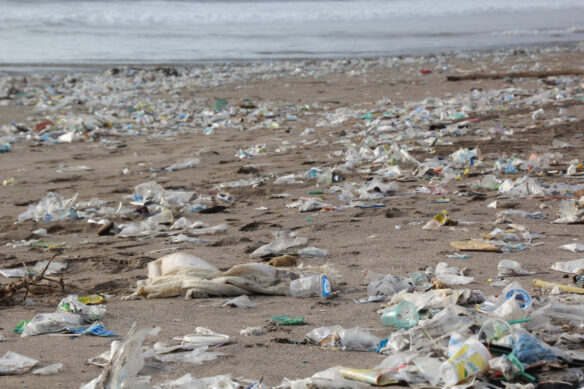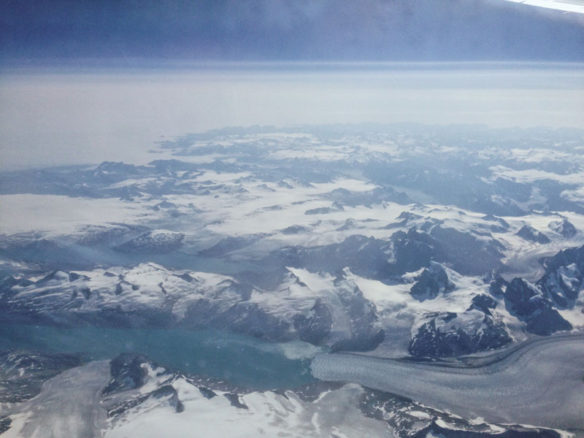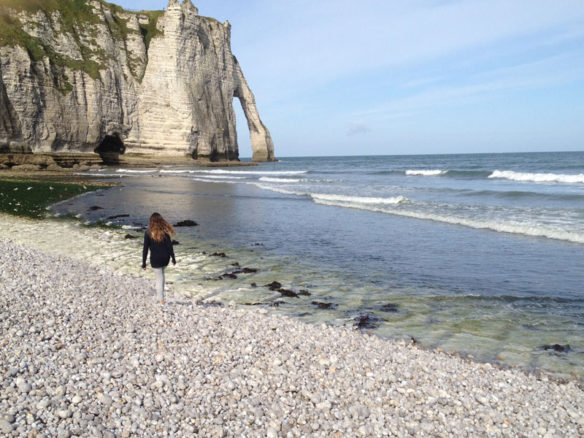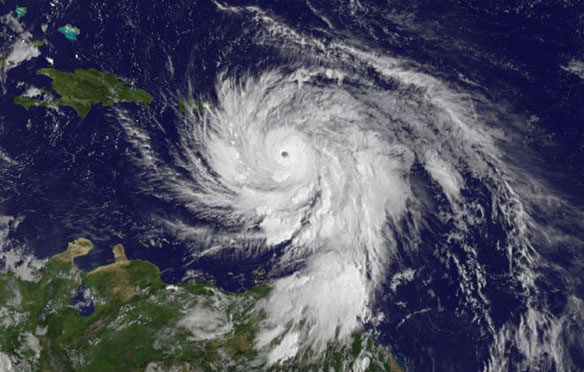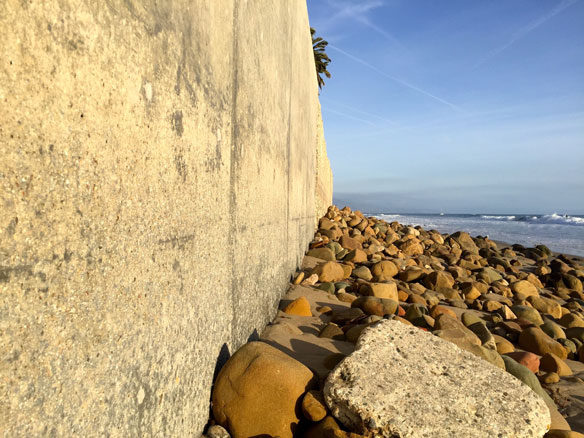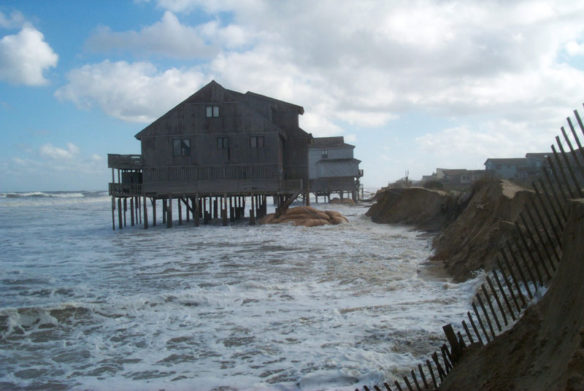
Singapore’s added construction plan (in brown), 01-2020. Photograph: © SAF — Coastal Care
Singapore’s expansion has been a colossal undertaking. It is not merely a matter of coastal reclamation: Singapore is growing vertically as well as horizontally. This means that the nation’s market needs fine river sand—used for beaches and concrete—as well as coarse sea sand to create new ground. Captions: Harvard Design Magazine (09-07-2015)
Excerpts;
There has probably never been a better time to be in the sand business. The world uses nearly 50bn tonnes of sand and gravel a year—almost twice as much as a decade ago. No other natural resource is extracted and traded on such an epic scale, bar water…
Read Full Article; The Economist (01-14-2020)
Such Quantities of Sand, The Economist (07-27-2015)
Asia’s mania for reclaiming land from the sea spawns mounting problems…
Asia’s hunger for sand takes a toll on endangered species; Science (03-01-2018)
Demand for sand: the largest mining industry no one talks about; Inhabitat (05-23-2019)
The world’s largest and perhaps most destructive mining industry is rarely discussed. Approximately 85 percent of all material mined from the earth is a simple and widely available resource: sand. Because it is so cheap and readily available, it is mined by everyone from guy with a shovel, to multi-million dollar machine operations.
Sand Mining: Growing Pains of Cross-Border Trade, Yale Global (08-29-2017)
The world is running out of sand, The New Yorker (05-29-2017)
The Economist explains: Why there is a shortage of sand; The Economist (04-24-2017)
It may be plentiful, but so is the demand for it…
Sand, Rarer Than One Thinks: A UNEP report (GEA-March 2014)
Despite the colossal quantities of sand and gravel being used, our increasing dependence on them and the significant impact that their extraction has on the environment, this issue has been mostly ignored by policy makers and remains largely unknown by the general public.
In March 2014 The United Nations released its first Report about Sand Mining: “Sand, Rarer Than One Thinks.”
“Sand Wars” film documentary by Denis Delestrac – first broadcasted on the european Arte Channel, May 28th, 2013 in its french version: “Le Sable: enquête sur une disparition”, where it became the highest rated documentary for 2013 – expressly inspired the United Nations Environment Programme (UNEP) to publish this 2014-Global Environmental Alert.
Sand Is in Such High Demand, People Are Stealing Tons of It, By Dave Roos; HowStuffWorks (03-06-2017)
As strange as it may sound, sand is one of the world’s hottest commodities. The global construction boom has created an insatiable appetite for sand, the chief ingredient for making concrete. The problem is that sand isn’t as abundant as it used to be. And when high demand and high value meets scarcity, you open the doors to smuggling…
The Conservation Crisis No One Is Talking About, By John R. Platt, TakePart (09-21-2016)
Beaches around the world are disappearing. No, the cause isn’t sea-level rise, at least not this time. It’s a little-known but enormous industry called sand mining, which every year sucks up billions of tons of sand from beaches, ocean floors, and rivers to make everything from concrete to microchips to toothpaste…
Sand Wars, An Investigation Documentary, By Award-Winning Filmmaker Denis Delestrac (©-2013)
“Sand is the second most consumed natural resource, after water. The construction-building industry is by far the largest consumer of this finite resource, followed by the land reclamation industry. The Sand business has been estimated to be a $70 billion industry, worldwide…” — Denis Delestrac (©-2013).


